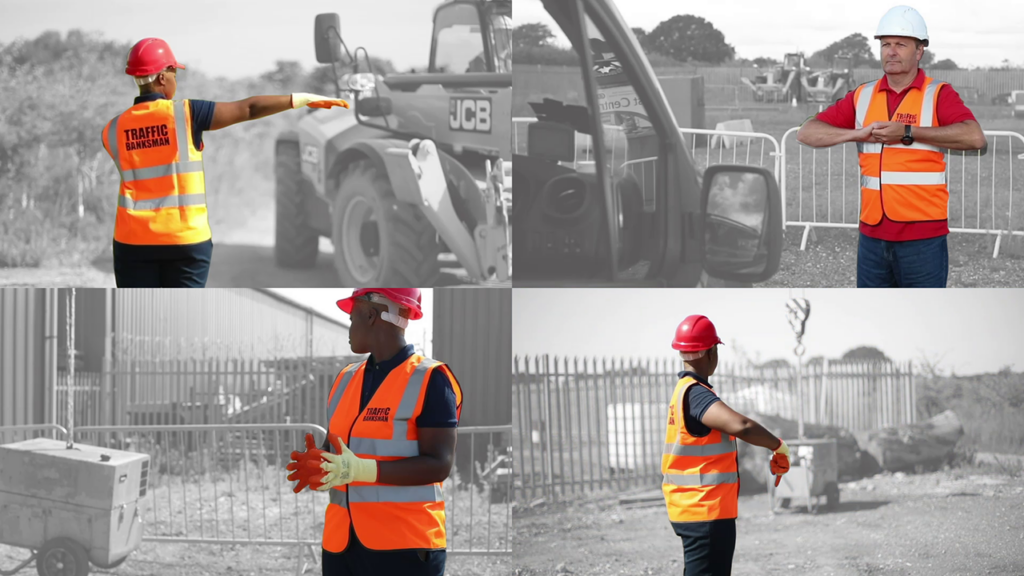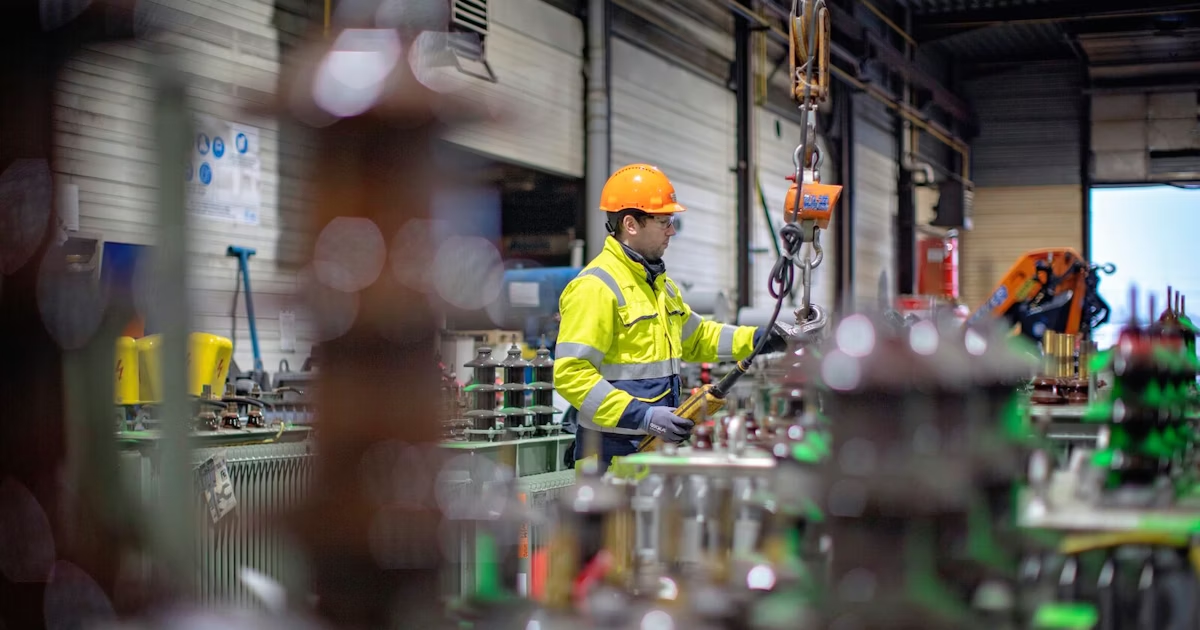
Health and safety are paramount in every workplace, ensuring the well-being of employees and the smooth operation of business activities. With increasing awareness and regulatory demands, health and safety courses have become essential. This blog will delve into the importance of these courses in the United Arab Emirates (UAE) and worldwide, highlighting key factors and trends.
Importance of (HSE) Health and Safety Courses
Health and safety (HSE) courses are crucial for several reasons:
- Regulatory Compliance: Adhering to laws and regulations to avoid fines and legal issues.
- Employee Well-being: Ensuring a safe working environment to prevent injuries and illnesses.
- Productivity: Reducing downtime caused by accidents and improving overall efficiency.
- Reputation
The UAE has stringent health and safety regulations, especially in sectors like construction, oil and gas, and manufacturing. Key courses include:
NEBOSH (National Examination Board in Occupational Safety and Health)
NEBOSH courses are highly regarded in the UAE. They cover a wide range of topics from basic health and safety principles to advanced risk management.
IOSH (Institution of Occupational Safety and Health)
IOSH offers courses like the “Managing Safely” and “Working Safely” programs, which are popular among UAE businesses.
OSHA (Occupational Safety and Health Administration)
OSHA training programs are essential, especially for construction and industrial sectors, focusing on hazard recognition and compliance.
First Aid and CPR
Basic first aid and CPR courses are critical for immediate response to workplace incidents.
Fire Safety Training
Fire safety courses, including fire warden and emergency response training, are mandatory in many industries.
Construction Safety
Specific to the UAE’s booming construction sector, these courses cover site safety, scaffolding, and heavy machinery operation.
Importance of HSE Trainings/ Courses
Health, Safety, and Environment (HSE) courses are critical for creating a safe and sustainable workplace. These courses typically include:
- Risk Assessment and Management: Identifying potential hazards and implementing measures to mitigate them.
- Emergency Preparedness: Training employees on how to respond to emergencies, including evacuation procedures and first aid.
- Environmental Protection: Ensuring compliance with environmental regulations and promoting sustainable practices.
- Safety Audits and Inspections: Conducting regular checks to ensure workplace safety standards are maintained.
- Behavioral Safety: Encouraging safe behavior and creating a safety-conscious culture within the organization.
Key Factors for Choosing Health and Safety Courses
When selecting a health and safety course (HSE) , consider the following factors:
- Accreditation and Recognition: Ensure the course is recognized by relevant authorities and industry bodies.
- Industry Relevance: Choose courses tailored to your specific industry requirements.
- Comprehensive Curriculum: Look for programs that cover a wide range of topics, from basic safety principles to advanced risk management.
- Practical Training: Courses should offer hands-on training and real-world applications.
- Flexible Learning Options: Availability of online, in-person, or hybrid learning modes.
Common Topics Covered in Health and Safety (HSE) Courses
Risk Assessment
Risk assessment is a fundamental component of health and safety training. Courses typically cover:
- Identifying Hazards: Recognizing potential sources of harm in the workplace.
- Evaluating Risks: Assessing the likelihood and impact of hazards.
- Implementing Controls: Developing strategies to mitigate identified risks.
Emergency Response
Preparing for emergencies is crucial. Key topics include:
- Evacuation Procedures: Planning and executing safe evacuations.
- First Aid: Basic first aid techniques and CPR.
- Fire Safety: Using fire extinguishers and conducting fire drills.
Workplace Ergonomics
Ensuring a comfortable and safe working environment involves:
- Ergonomic Assessments: Evaluating workstations to prevent musculoskeletal disorders.
- Proper Lifting Techniques: Training on safe manual handling practices.
- Workspace Design: Optimizing layout to reduce strain and injury.
Hazard Communication
Effective communication about workplace hazards includes:
- Labeling and Signage: Properly marking hazardous materials and areas.
- Safety Data Sheets (SDS): Providing detailed information on chemicals and materials.
- Training: Ensuring employees understand hazard symbols and safety protocols.
Personal Protective Equipment (PPE)
Using PPE correctly is vital for safety:
- Types of PPE: Identifying appropriate equipment for different hazards.
- Usage and Maintenance: Training on proper use, care, and maintenance of PPE.
- Regulations: Understanding legal requirements for PPE in various industries.
Investing in health and safety (HSE) courses is not merely a regulatory obligation but a strategic decision that can profoundly impact an organization’s efficiency, reputation, and overall success. In an era where workplace safety is increasingly emphasized, understanding and implementing comprehensive health and safety practices are essential for any business aiming to thrive.
Enhancing Workplace Safety
Health and safety (HSE) courses equip employees with the knowledge and skills necessary to identify potential hazards and implement effective risk management strategies. By proactively addressing safety concerns, businesses can significantly reduce the likelihood of accidents and injuries. This not only ensures the well-being of employees but also fosters a safer, more productive working environment.
Regulatory Compliance
Compliance with health and safety (HSE) regulations is critical to avoid legal repercussions and financial penalties. Health and safety courses provide up-to-date information on local and international regulations, helping businesses stay compliant. In the UAE, for instance, stringent regulations necessitate thorough training in areas such as construction safety, fire safety, and emergency response. Globally recognized certifications like NEBOSH, IOSH, and OSHA ensure that organizations meet these regulatory standards effectively.
Boosting Productivity and Efficiency
A safe work environment translates to fewer accidents, which in turn leads to less downtime and higher productivity. Employees who feel safe are more likely to be engaged and motivated, contributing to overall operational efficiency. Health and safety training programs teach employees to perform their duties safely, minimizing disruptions caused by workplace incidents.
Improving Reputation and Competitiveness
Organizations that prioritize health and safety are often viewed more favorably by clients, partners, and the general public. Demonstrating a commitment to safety can enhance a company’s reputation, making it more attractive to potential employees and business partners. In competitive markets, a strong safety record can be a significant differentiator, giving businesses an edge over their competitors.
Comprehensive Training for Diverse Needs
Health and safety training is not a one-size-fits-all solution. Different industries have unique safety challenges, and the right training program should be tailored to address specific needs. For example, the construction industry in the UAE requires specialized training in areas like scaffolding safety and heavy machinery operation. Similarly, industries dealing with hazardous materials benefit from training in hazard communication and the proper use of personal protective equipment (PPE). Courses like NEBOSH, IOSH, and OSHA offer flexible and comprehensive curricula that cater to these diverse requirements.
Promoting a Safety Culture
Beyond compliance and risk management, health and safety courses play a crucial role in cultivating a safety-conscious culture within an organization. A well-trained workforce is more likely to engage in safe practices and encourage others to do the same. This cultural shift towards prioritizing safety can lead to long-term benefits, including sustained reductions in workplace accidents and a more cohesive, responsible team.
Global Best Practices
The global perspective on health and safety training reveals that best practices often transcend borders. Internationally recognized certifications such as NEBOSH, IOSH, and OSHA set a high standard for health and safety education. Countries like the United States, the United Kingdom, Australia, and Canada offer robust training programs that can serve as models for other regions. By adopting these global best practices, businesses in the UAE and elsewhere can ensure they are implementing the most effective and up-to-date safety protocols.
Adapting to Changing Environments
The landscape of workplace safety is constantly evolving, influenced by new technologies, emerging risks, and changing regulations. Continuous education through health and safety courses ensures that employees and employers stay informed about the latest developments. This adaptability is crucial in maintaining a safe work environment and effectively responding to new challenges as they arise.
Conclusion
In conclusion, health and safety (HSE) courses are indispensable for fostering a safe, compliant, and efficient workplace. Whether you are operating in the UAE or any other part of the world, the importance of selecting the right training programs tailored to your industry cannot be overstated. Investing in these courses not only protects your most valuable asset—your employees—but also enhances your organization’s productivity, reputation, and long-term success. Stay safe, stay informed, and make health and safety a cornerstone of your organizational strategy.
Get In Touch!
Contact us today on [email protected] to learn more about our learning and development solutions and how we can help you build a more capable and engaged workforce.



